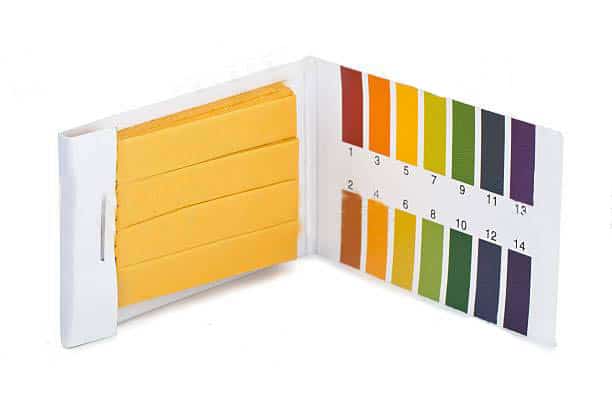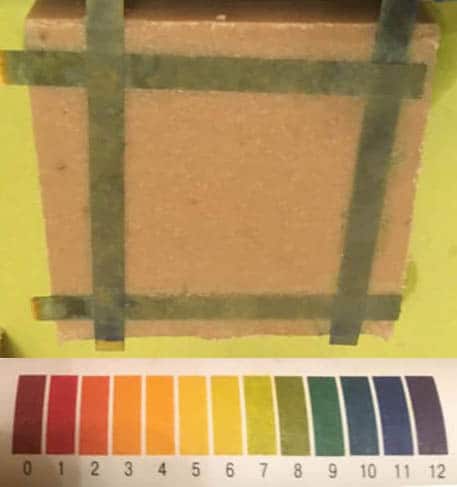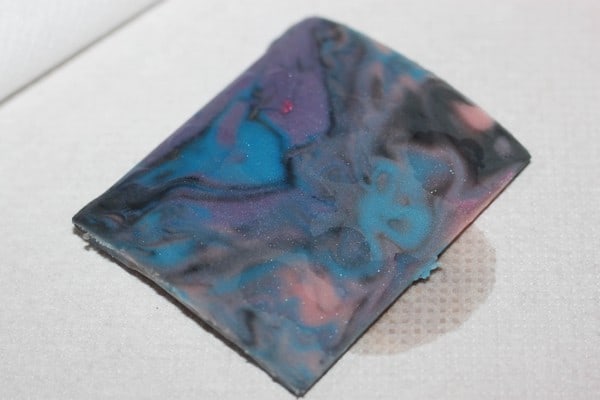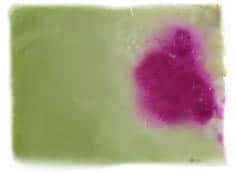Soap safety is something to be aware of whenever you’re making a soap. Let’s have a quick look at the methods of testing soap safety.
Every soap has to be safe to use on our skin. Safe means especially free of sodium hydroxide which is a substance used in soapmaking. However, it has to react with the oils and there should be no trace of the hydroxide in a soap ready to be used. The reaction of the hydroxide and the oils happens usually in the course of the first 24 hours (in some cases, however, it can take weeks) and there should be no hydroxide left. This is something that we have to check to be sure of.
This is a resume of the two main methods of testing. If you want to read more on this topic, there plenty of online resources and, of course, courses by professional soap makers.
1. pH-indicator papers
Using the pH-indicator papers is a great way to start with if you’re a beginner. You perform the test on freshly cut soap (you need just a thin slice but since this way of testing doesn’t destroy the soap, you can test a proper bar). Dip the papers in distilled water and then place them on the fresh cut. Place several papers on the whole area. The indicators will turn a certain color which you should find in the color chart on the package of the papers. Each color indicated a certain pH value. The ideal in this case is nr. 8-9, although this testing isn’t absolutely accurate. However, if you get 8 or 9, your soap is fine. You can let the bar you tested cure with the other soap bars, this test did not destroy it in any way.
I have to mention one exception – there are soaps which didn’t get through the so-called gel phase. These can have their pH value off for longer time, weeks even.


Phenolphtalein
This is the best method to test whether your soap contains leftover sodium hydroxide or not, however, it might be intimidating to a beginner. Phenophtalein (or rather its 1% solution in this case) is harmful for your health and you need to prevent it from getting on your skin and inti your eyes – wear googles, face mask and gloves. Also, the piece of soap used for testing cannot be used and needs to be disposed of (but you only need a thin slice, to need to use the whole bar). Test on a surface that you can also dispose of, e.g. a piece of aluminum foil.
The solution is clear and you drop a few drops over the whole area of the fresh cut. If the solution stays clear, your soap is safe to use. If the solution turns pink or purple, there’s leftover hydroxide and you’ll need to do a re-batch. There are plenty of tutorials online, here’s one of them.


Did you find this article useful? Read also my article about Safety in Soapmaking.